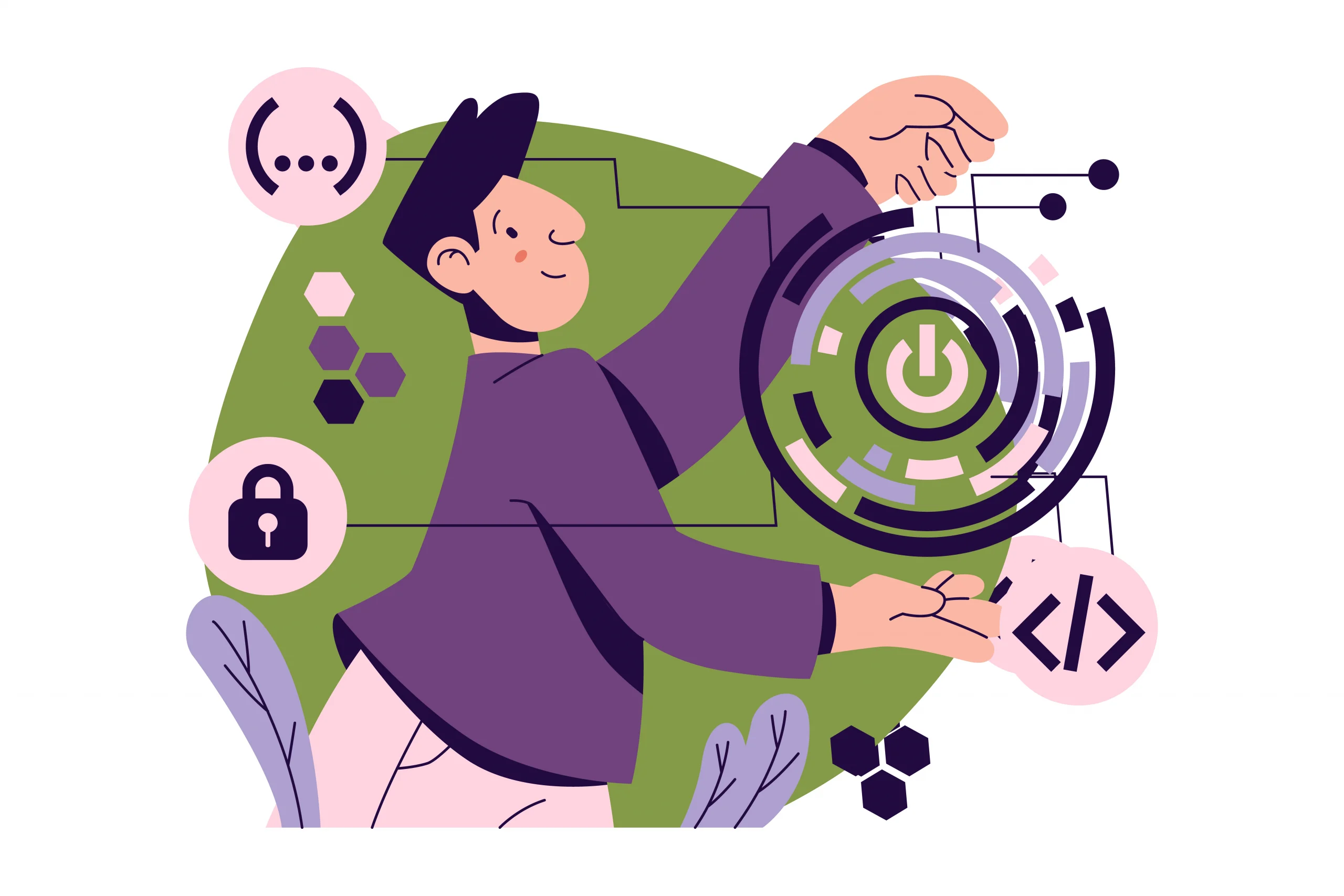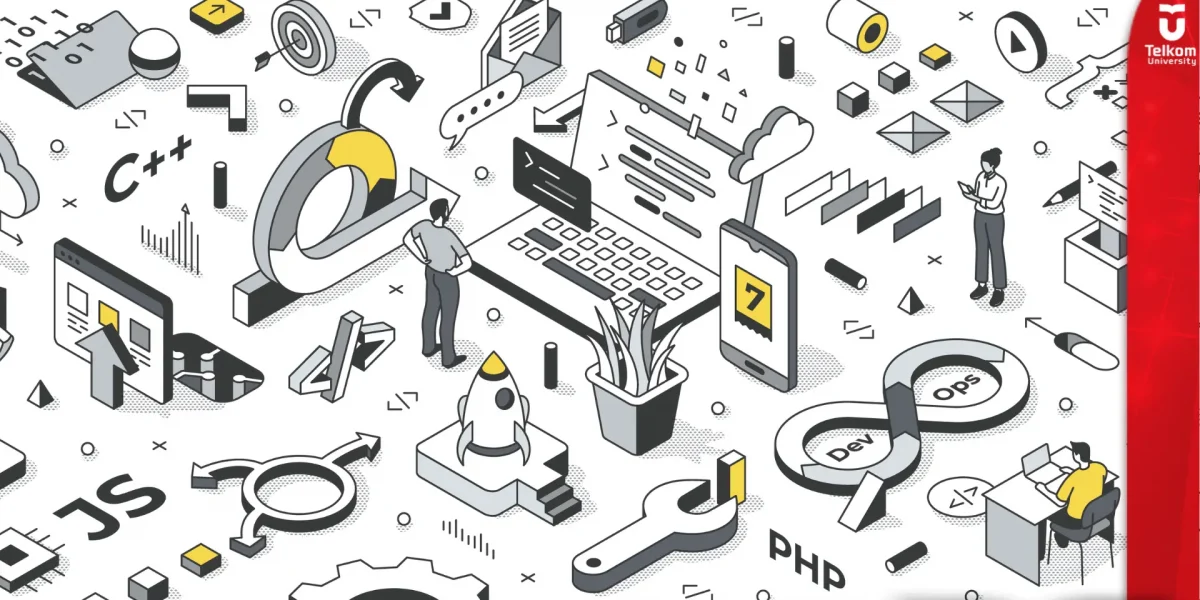Software Development Life Cycle (SDLC) Models: A Complete Guide

What is Software Development Life Cycle (SDLC)?
Software Development Life Cycle (SDLC) is a systematic process used for software development. Starting from the planning stage to completion and maintenance. The Software Development Life Cycle (SDLC) model can serve as a framework in organizing the steps to be taken in each software development project.
Why is Software Development Life Cycle (SDLC) Important?
- Customer Satisfaction: Software Development Life Cycle (SDLC) ensures that the software created can meet the needs and expectations of customers.
- Structure and Organization: Software Development Life Cycle (SDLC) provides a clear structure to the project, so that the development team can work efficiently and in an organized manner.
- Risk Management: Software Development Life Cycle (SDLC) helps identify and manage potential risks that may arise during the development process.

- Product Quality: By following the Software Development Life Cycle (SDLC), the quality of the software product can be improved as each stage is tested and evaluated.
Popular Software Development Life Cycle (SDLC) Models
- Waterfall Model
Waterfall is one of the simplest and most traditional Software Development Life Cycle models. Each phase in this model is passed sequentially, starting from requirements analysis to implementation and maintenance. The phases in the Waterfall Model include:
- Needs analysis
- System design
- Implementation
- Testing
- Deployment
- Maintenance
The advantage of this model is its simplicity and is suitable for projects that have clear requirements from the start. However, the disadvantage is that it is less flexible because each phase must be completed before moving on to the next phase.
- Iterative Model
The Iterative Model uses an iterative approach where software is built and refined over multiple iterations. Each iteration goes through a cycle that includes design, development, and testing. This allows the software to be improved incrementally based on user feedback. The advantage is flexibility and the ability to respond to changing needs. This model is suitable for projects that are complex or do not have clear requirements from the start.
- V-Model (Verification and Validation)
The V-Model is a variation of the Waterfall Model that emphasizes testing at every stage of development. Each stage in the development process has associated testing activities. This helps to detect errors early. The main phases in the V-Model include:
- Verification (analysis and design)
- Validation (testing)
The V-Model is well suited for projects that require high quality assurance, but lacks the flexibility of the Waterfall Model.
- Spiral Model
The Spiral Model is a combination of the Iterative and Waterfall Models, where each iteration is referred to as a “spiral”. In each round of the spiral, risk analysis and careful planning are carried out. The Spiral Model consists of four main phases:
- Planning
- Risk analysis
- Development and testing
- User evaluation
This model is excellent for large, complex projects that have high risk. Its advantage is the ability to handle change, but its disadvantage is the complexity and higher cost compared to other models.

- DevOps Model
DevOps is an extension of the Agile model that emphasizes collaboration between development teams and operations teams. The goal of DevOps is to accelerate the development and deployment process with automation and continuous integration approaches. The advantages of DevOps are speed, automation, and better collaboration between teams. However, implementing DevOps requires a change in work culture and requires technology investment.
- Agile Model
Agile is one of the most popular Software Development Life Cycle models today. Unlike the linear approach, Agile uses a rapid development cycle, with software delivered in small iterations called sprints. Agile is based on the principles of flexibility, team collaboration, and direct involvement with stakeholders. Some frameworks that are often used in Agile are Scrum and Kanban. The advantages of Agile are speed, flexibility, and the ability to respond quickly to change. It is well suited for projects that require dynamically changing requirements.

